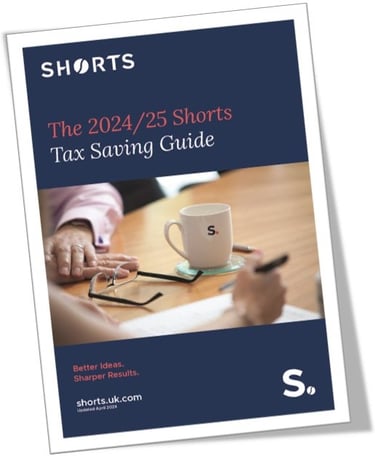
Before undertaking an employee ownership trust (EOT) it’s important to be aware of the impact the transaction will have on the company’s statutory accounts. The process can have immediate and ongoing financial impacts on an owner-managed business, especially its relationships with clients and suppliers, as well as its stakeholders.
When does an EOT transaction most impact a business's statutory accounts?
This can be split into two time periods:
- The impact at completion
- The future impact
Impact at completion
The company or group will normally make a significant cash contribution to the EOT at completion to allow the trust to pay part of the purchase price to the selling shareholders. From an accounts perspective, this is treated as a profit distribution similar to how dividends are accounted. The impact helps reduce the net assets of the company by the amount of the contribution.
Depending on when the EOT process completes in relation to the company's financial year-end, it may be awhile before the first set of accounts displaying the net asset reductions must be filed at Companies House. Therefore, there can be a delay to this information becoming publicly available.
If the company has retained profits in the period from completion to the date of the accounts, this will already mitigate some of the reduction in net assets.
Commercial impact of EOT transaction on statutory accounts
From a commercial perspective it is good practice to consider the impact that these accounts will have on customers and suppliers, and what steps can be undertaken to reassure them of the financial strength of the business to avoid any undesirable consequences.
In our experience, as long as owners are proactive in communicating the change with their key stakeholders, there is very rarely any negative response. In fact, the strengthened employee focus by the company is often seen as a positive move by customers and suppliers.
It is likely that a significant part of the purchase price will be owed to the shareholders, and this will be paid in future on deferred terms. It is important to note that this is a creditor of the EOT rather than the company. The good news is that from a company accounts perspective, this creditor will therefore not need to be included in its accounts and does not impact net assets.
Future impact
As noted above, it is likely that the company will make further cash contributions to the EOT to enable it to pay the selling shareholders the sums due on deferred terms. From an accounts perspective, any future cash contributions will also be treated as profit distribution and reduce the net assets of the company.
It is important to note that in all cases the company will only be able to make contributions to the EOT up to the level of its distributable reserves. This is similar to the payment of dividends.
Learn more about EOTs
If you're considering selling your business to an EOT, having an expert to navigate the process with can be invaluable. As one of the earliest adopters of EOTs in Yorkshire, Shorts has worked with numerous businesses on this process, as well as conducting independent valuations for EOTs for other accountancy firms. Contact our Corporate Finance team today to learn more about EOTs and see if it's the right choice for your business.

Adam Ames
During my career, I have gained an experience and an appreciation of the many issues and opportunities faced by businesses during all market conditions and economic cycles, which I use to provide invaluable advice to clients across all areas of corporate finance including EOTs, MBOs, acquisitions, disposals and finance raising assignments.
View my articlesTags: Corporate Finance, Accountancy Services, EOT


